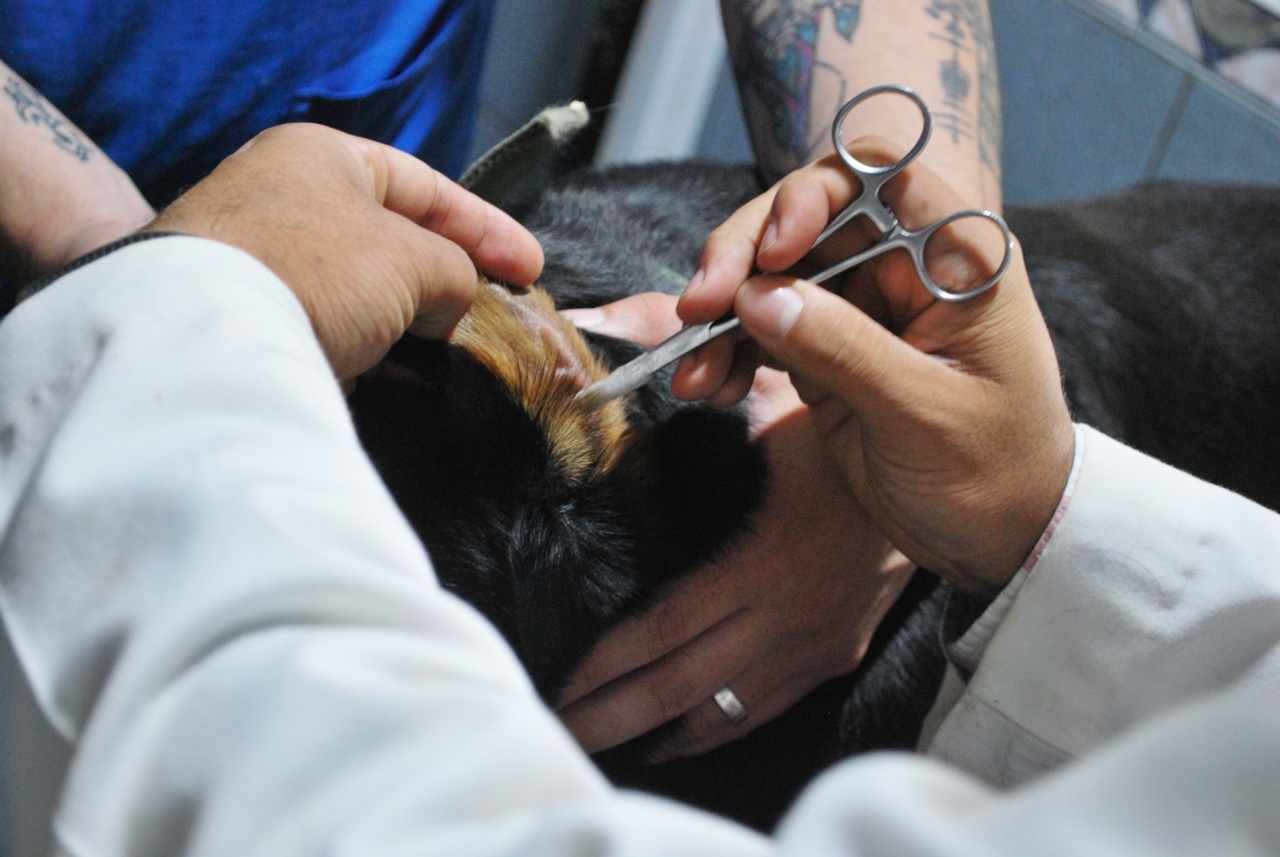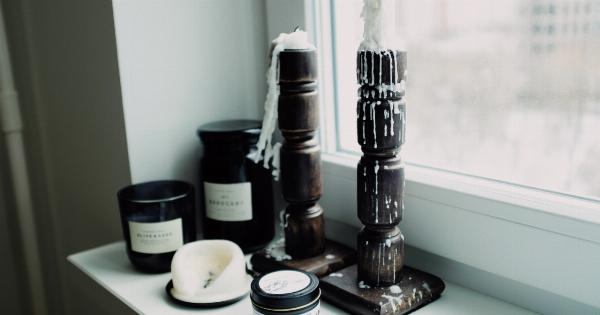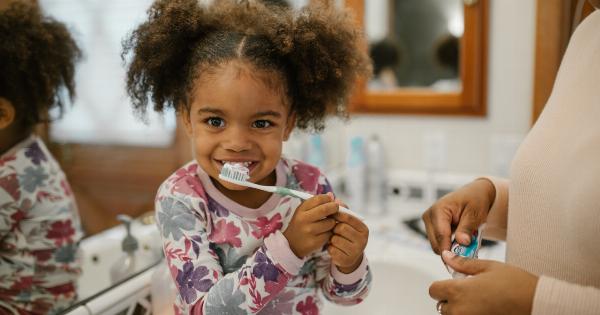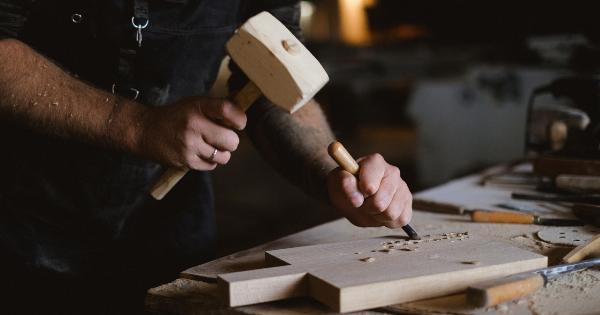Our ears are vital sensory organs that help us perceive the world around us. Unfortunately, they are also prone to various issues like wax accumulation, infections, and impaired hearing.
Keeping our ears clean and healthy is essential for overall well-being. In this ultimate ear cleaning guide, we will explore effective techniques and products to say goodbye to battones and achieve optimal ear hygiene.
The Importance of Ear Cleaning
Regular ear cleaning is crucial to maintain good ear health. Impacted earwax, foreign objects, or accumulated dirt can lead to discomfort, hearing loss, and even infections.
By properly cleaning our ears, we can prevent these issues and ensure proper auditory function.
Common Ear Cleaning Mistakes to Avoid
Before we dive into the ultimate guide, it’s important to be aware of common mistakes people make while cleaning their ears. Remember to avoid these errors to prevent any harm:.
1. Using Cotton Swabs
Cotton swabs are commonly used to clean ears, but they are not designed for this purpose. They can push earwax deeper into the ear canal, leading to blockages and potential damage.
2. Neglecting Professional Help
If you experience persistent ear issues or excessive earwax buildup, it is crucial to seek help from a healthcare professional. They can safely remove the wax or diagnose and treat any underlying conditions.
3. Overcleaning the Ears
While regular cleaning is essential, overdoing it can disrupt the natural balance of the ear, leading to dryness, irritation, or even infections. Follow the guidelines provided in this guide for a safe and effective ear cleaning routine.
Safe and Effective Ear Cleaning Techniques
Now, let’s explore the various techniques and products that can help you achieve ultimate ear hygiene:.
1. Warm Water Flush
Gently flushing the ears with warm water can help remove excess wax and debris. Fill a bulb syringe with warm water (body temperature) and tilt your head to the side. Gently squeeze the syringe, aiming the water towards the top of the ear canal.
Allow the water to drain out and repeat if necessary.
2. Mineral Oil Drops
If you have stubborn earwax, mineral oil drops can help soften it, making it easier to remove. Tilt your head to the side and place a few drops of mineral oil into the ear.
Let it sit for a few minutes, then drain it out by tilting your head the opposite way. Consult a healthcare professional before using mineral oil if you have any ear conditions or allergies.
3. Hydrogen Peroxide Solution
A mixture of hydrogen peroxide and water can be an effective way to remove earwax. Create a solution with equal parts 3% hydrogen peroxide and warm water. Using a dropper, add a few drops to the affected ear.
After a few minutes, tilt your head to drain the solution out. It is important to check with a healthcare professional before using hydrogen peroxide, as it may not be suitable for everyone.
4. Ear Irrigation Kits
Ear irrigation kits, available over-the-counter, provide a gentle stream of water to flush out earwax and debris. Follow the instructions provided with the kit carefully to ensure safe and effective use.
5. Earwax Removal Scoops
Earwax removal scoops, also known as ear curettes, are designed to carefully remove earwax from the outer ear. It is important to use them with caution and avoid inserting them deeply into the ear canal to prevent injury.
6. Ear Drops
Over-the-counter ear drops can help soften and loosen earwax. Follow the instructions on the packaging and consult a healthcare professional if you have any concerns.
7. Avoid Inserting Objects
Avoid inserting objects like cotton swabs, hairpins, or any other items into your ears. This can push the wax deeper or cause injury to the delicate structures of the ear.
8. Regularly Clean Auricles
Auricles, the outer part of the ears, can accumulate dirt and debris. Gently clean them with a soft cloth or cotton ball soaked in warm water. Avoid using harsh soaps or excessive force.
9. Dry Ears Properly
After swimming or showering, dry your ears thoroughly with a soft towel. Tilt your head to each side to allow any trapped water to drain out. Moisture in the ears can create a conducive environment for bacterial growth.
10. Maintain Regular Ear Checks
Make it a habit to check your ears regularly for any signs of infection, discharge, or hearing issues. Early detection can help in timely treatment and prevention of further complications.
In Conclusion
Proper ear cleaning is essential for maintaining optimal ear health. By following the safe and effective techniques mentioned in this ultimate guide, you can say goodbye to battones and enjoy healthy, comfortable ears.
Remember, if you have any persistent ear issues or concerns, always consult with a healthcare professional for appropriate guidance and treatment.





























